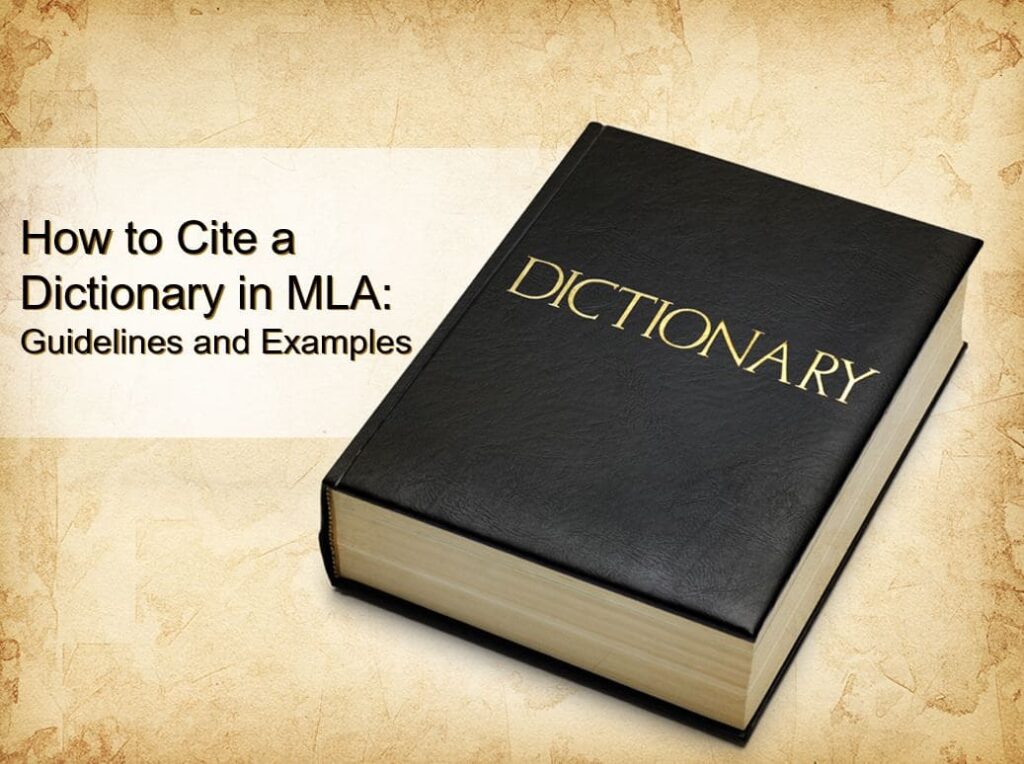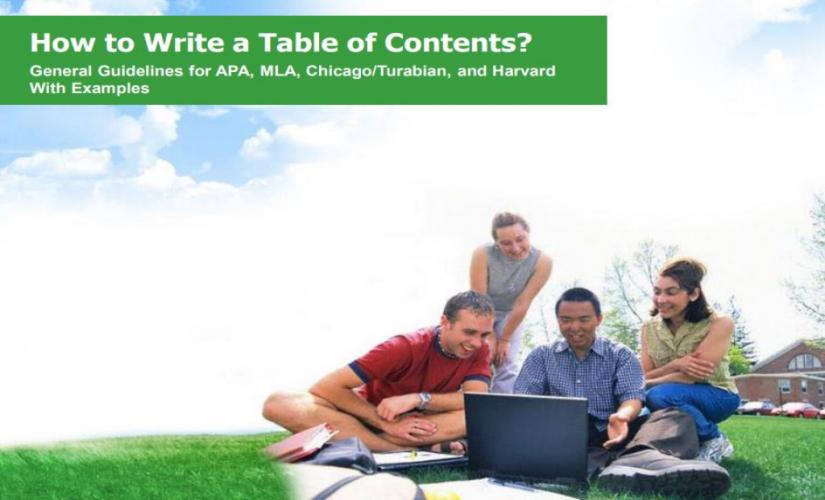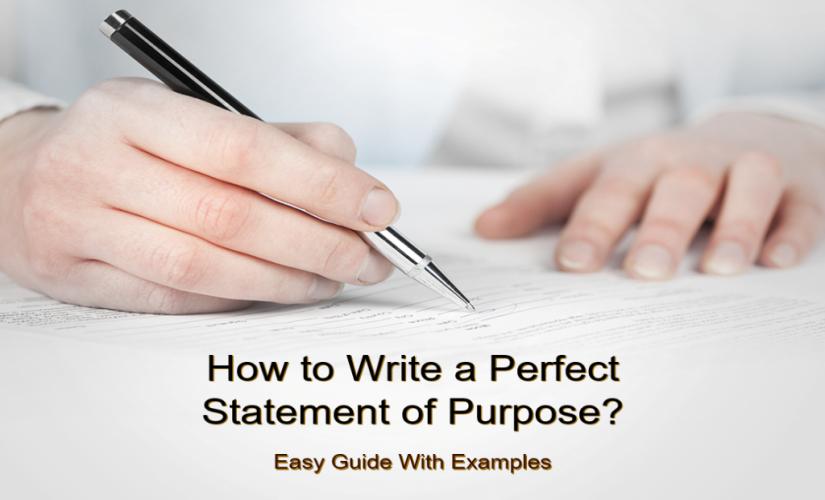Dictionaries are vital sources for research at different levels of education. In this case, the Modern Language Association (MLA 9) style provides universal guidelines for citation formats of all sources. Basically, this guide explores the MLA guidelines in the context of dictionaries. Firstly, it begins with a comprehensive definition of a dictionary. Then, the guide deconstructs the main elements of a dictionary Works Cited entry. Also, the manual highlights appropriate in-text citations for dictionary entries and concludes with citation schemes for online and print dictionaries. Hence, students need to learn how to cite a dictionary in MLA 9.
Definition of a Dictionary
A dictionary is a reference text that documents some meaningful information regarding particular words, which follow the alphabetic order. For example, there are three major categories of dictionaries: general-purpose, scholarly, and specialized. Firstly, a general-purpose dictionary contains basic information concerning an entry, which is useful to a member of the general public, such as Cambridge Learner’s Dictionary. Then, a scholarly dictionary provides complete definitions or information of words for a specific area in language use, for instance, The Dictionary of New Zealand English. Moreover, specialized dictionaries define words in the context of a particular discipline, for example, A Dictionary of Scientific Bird Names. Typically, dictionaries may exist in either hardcopy or softcopy, depending on the publisher’s preferences.

Citing Elements of a Dictionary in MLA 9
1. Source’s Title
The entry or headword occupies the “title of the source” element in a dictionary citation. In this case, the headword is usually the first element of the Works Cited list entry for all dictionary sources because dictionaries do not have authors in most cases. Mostly, authors consider the dictionary entry as a chapter or article within the dictionary because it is a readily distinguishable section. Consequently, students place the headword in double quotation marks and apply title case styling to the word or words when citing a dictionary in MLA 9.
2. Containers
A. Title of the First Container
The first container refers to the name of the dictionary, where the entry appears as a section. Basically, it is the immediate container that holds the other alphabetically arranged words that accompany the dictionary entry of interest. Therefore, both printed and online dictionaries must have the title of the container, which is the title of the dictionary that contains the entry. In turn, the title of the container undergoes italicization and title case styling after reproduction from the original text.
B. Title of Second Container
The second container refers to the container that houses the first container, which implies that it holds a higher hierarchical position. For instance, the second container usually has more than one type of dictionary. In the case of an online dictionary, the secondary container is the website name. Conversely, a book series is a secondary container for a print dictionary, for example, a multivolume work. Also, this element is optional for printed and online sources, and its inclusion depends entirely on the publisher’s preferences for grouping of texts.
3. Other Contributors
This element of citing a dictionary in MLA 9 allows students to document other persons who play pivotal roles in the creation of print and online dictionaries. Basically, contributors to a dictionary may include editors, illustrators, and translators. Usually, some phrases precede the contributors’ names, for instance, “edited by,” “illustrated by,” and “translated by.” However, some contributors may not be described by using the phrase format, for example, the general editor.
4. Version
This element refers to a notation assigned to a container, which indicates that the publisher released more than one form of the work. In this case, words used to label the container may vary extensively, for example, revised edition, version 1.3.2, expanded edition, 3rd ed. Moreover, students should use lower case letters to write version notations, but capitalization of the first letter of the version description is necessary if it follows a period. In turn, this element may appear in online and print dictionaries.
5. Number
The number element indicates that the reference work is part of a numbered sequence of publications. Mainly, print dictionaries contain volume numbers. In this case, students place the abbreviation “vol.” before the number. Also, writers should capitalize the letter “v” in the abbreviation if it follows a full stop.
6. Publisher
The publisher’s name is a critical component of the dictionary Works Cited entry to follow the rules of citing a dictionary in MLA 9. Basically, its inclusion is mandatory for online and print dictionaries. Hence, there are three main reasons for its absence in a citation:
- lack of a publisher;
- the publisher’s name is identical to the website name;
- the website publisher did not participate in the production of the dictionary content.
7. Publication Date
The date of publication is a common element for print and online dictionaries. Basically, the determination of the publication date for a print dictionary is relatively easy because it appears in the front matter. For example, if an online dictionary has more than one visible publication date, students should select the date that is the most relevant to the cited material. Notably, students may write the date in full, month-year, or year only, depending on the availability of the information.
8. Locator
The locator informs readers of a particular position where they can find the cited information. Basically, for citing print dictionaries in MLA, writers utilize page numbers to specify the location of a dictionary entry. In this case, online dictionaries rely on universal resource locators (URLs), which open specific webpages that contain the dictionary entry. Moreover, the locator is the final element for all dictionary citations.
In-Text Citation Rules for Dictionaries in MLA 9 With Examples
The in-text citations adhere to the standard author-page citation format.
1. Single Definition
A. Online Dictionary
Sample of a parenthetical in-text citation for a dictionary word in MLA 9:
- (“Jaundice”)
Sample of a narrative in-text citation for a dictionary word in MLA 9:
- The definition of “jaundice” in the Marksman Dictionary is limited to its use in the 12th century.
B. Print Dictionary
Example of a parenthetical in-text citation for a dictionary word in MLA 9:
- (“Jaundice” 12)
Example of a narrative in-text citation for a dictionary word in MLA 9:
- The definition of “jaundice” in the Marksman Dictionary is limited to its use in the 12th century (12).
2. Multiple Definitions (Print and Online Dictionaries)
Parenthetical citation sample for a dictionary word in MLA 9:
- (“Jaundice,” def. 3.2.c)
Narrative citation sample for a dictionary word in MLA 9:
- The definition of “jaundice” in the Marksman Dictionary is limited to its use in 12th-century Greek society (def. 3.2.c).
Citing Schemes of a Dictionary in MLA 9
1. Citing Scheme for an Online Dictionary on a Works Cited Page
- “Title of the source.” Title of the First Container. Title of Second Container, Publisher, Publication date, URL.
Works Cited Entry Sample of an Online Dictionary in MLA 9:
- “Tranquil.” Cambridge Dictionary, Cambridge UP, 2020, dictionary.cambridge.org/dictionary/english/tranquil.
Note: The website has only one type of dictionary.
Example of Headwords With Parts of Speech:
- “Tranquil, Adjective.” Oxford Advanced Learner’s Dictionary. Oxford Learner’s Dictionaries, Oxford UP, 2020, www.oxfordlearnersdictionaries.com/definition/english/tranquil?q=tranquil.
Note: The website hosts different types of dictionaries, which makes it necessary to identify both the first and second containers. Also, the headword on the webpage shares the same line with the part of speech.
2. Citing Scheme for a Print Dictionary on a Works Cited Page
- “Title of the source.” Title of the Container, Other contributors, Version, Number, Publisher, Publication date, Page number.
Entry Sample of Citing a Print Dictionary in MLA 9:
- “Evil Eye.” The Oxford Dictionary of Byzantium, edited by Alexander Kazhdan. Vol. 2, Oxford UP, 1991, p. 764.
Note: This source is a multivolume edited dictionary, which implies that the names of the editors and volume number are mandatory elements of the citation.
Tips on How to Cite a Dictionary in MLA 9
- Use title case to style the headword and container titles.
- Enclose the headword in double quotation marks.
- Provide an appropriate locator for the entry.


